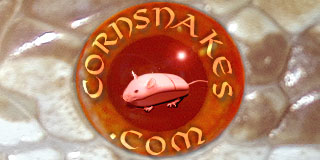"Het" is short for heterozygous, which is a Greek derived term meaning that an animal has two different genes at one location in its DNA chain. What that means is that the animal which is "het" for amelanism is one that has an amelanistic gene at a given point of its DNA, but it also has a gene for normal coloration at the same location.
In this situation, since the normal gene is dominant to the amelanistic gene (making it a recessive gene), the animal will look normal, but it will carry the amelanistic gene in its makeup. So, if you breed that animal to an amel or to another animal which is het for amel, the resulting babies would statistically be expected to have amels in them.
An animal that shows a recessive trait is homozygous for the trait, and it has the same gene in both positions of the DNA location. So, an amelanistic animal is homozygous for amelanism, and both of its genes at that location are the amel gene. It will always give amel genes to its offspring, so all of it babies will either be amels or het for amel.
The statistical pairings for recessive genes go like this:
recessive x recessive = 100% reccessive
recessive x het recessive = 50% recessive and 50% het recessive
het recessive x het recessive = 25% recessive, 50% het recessive, and 25% normal
In the example you gave: male snow motley het for pewter, the animal is being described as being homozygous for anerythrism and amelanism (snow), and motley, and it is also heterozygous for bloodred and charcoal (pewter). The animal will look like any other snow motley, but it will be carrying the bloodred and charcoal genes in its DNA and can pass those genes on to its offspring.
Hope that helps!
